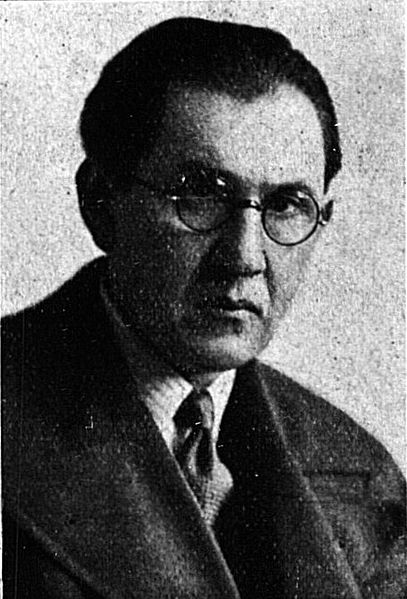Sigismond SIGUR-WITTMANN
January 4, 2019Chaim SOUTINE
January 4, 2019Marcel SLODKI
LODZ (POLAND) 1892 – DEPORTED TO AUSCHWITZ 1943
Marcel Slodki was born into a secular, liberal family; his father was a bank manager. Slodki studied at a high school in Lodz and left for Munich in 1910, where he studied at the School of Fine Arts. He arrived in Paris in 1913 and lived at 2 bis rue Pernel for a year, in the Douanier Rousseau’s former studio. He moved to Switzerland in 1914 and he met Tristan Tzara in Zurich. He drew Dada posters for the cabaret La Scene and illustrated several works by Chekhov. He also worked for an architect and designed town plans, which he later used in his work. Slodki returned to Poland, where he painted views of Kazimierz and Kuzmir. He later traveled to England and continued to design town plans in London. Following World War I, he designed theater sets in Berlin.
In 1923, he returned to Paris and resumed painting. He destroyed all of his earlier work that was inspired by Cubism, which he later regretted. In 1937, he returned to Poland where an exhibition of his work was taking place. He painted portraits, city views, and still lifes. He married Macha Boulanger, who was also a painter. When World War II broke out, he left for Brive where he joined his wife and resumed painting. He exhibited his work despite the difficulties of the war. In 1943, French police officers came to arrest him. Thanks to the subprefect who warned him on time, he hid, obtained forged documents, and fled to Chambéry with his wife. They settled in Bourg-Saint-Maurice, in a chalet at 2,000 meters altitude. They were denounced on December 14, 1943. Macha and Marcel Slodki were arrested by Gestapo agents and were interned in Drancy. On December 17, 1943, they were deported on convoy number 63. They were murdered in Auschwitz.
Stories of Jewish Artists of the School of Paris 1905-1939
FRENCH-ENGLISH
Capitale des arts, le Paris des années 1905-1939 attire les artistes du monde entier. De cette période de foisonnement, un terme est resté, celui d'Ecole de Paris, qui recouvre une grande diversité d'expression artistique. Dans ce brassage dont Montparnasse est le creuset, un groupe se distingue : celui des artistes juifs venus de Russie, de Pologne et d'Europe centrale. Si leurs styles sont variés, un destin commun les rassemble : ils fuient l'antisémitisme de leur pays d'origine. Certains ont connu la célébrité dès les années 1920, tels Soutine, Lipchitz ou Chagall. D'autres n'ont pas eu le temps ou la chance d'y accéder. Près de la moitié a péri dans les camps de concentration nazis.
From 1905 to 1939, Paris attracted artists from all over the globe as the capital of the art world. This period of artistic proliferation became known as the School of Paris, and includes a great diversity of artistic expression. Within the teeming art world centred on Montparnasse, one group set itself apart: Jewish artists from Russia, Poland, and Central Europe. Although their styles were diverse, they shared the common fate of fleeing anti-Semitic persecutions in their home countries. Some became famous in the 1920s, such as Soutine, Lipchitz, and Chagall, while others did not have the time or the luck to gain renown. Nearly half of these artists died in Nazi concentration camps.





